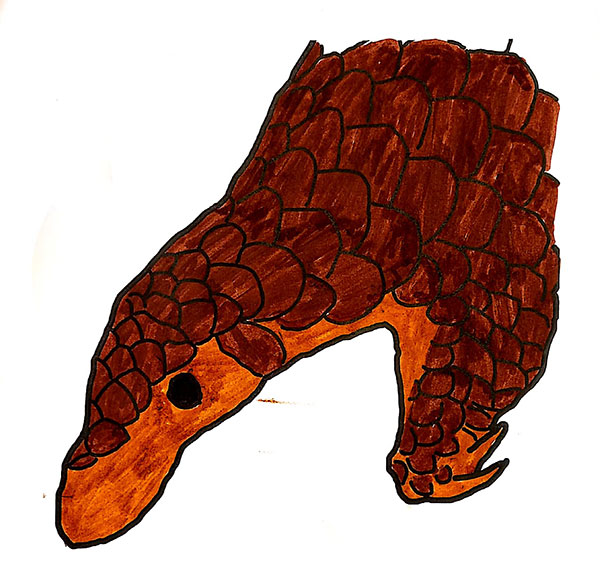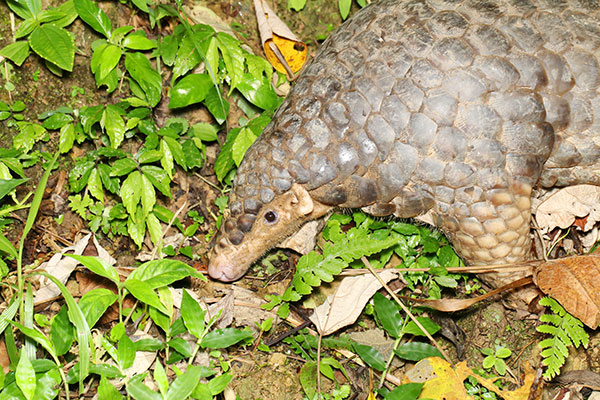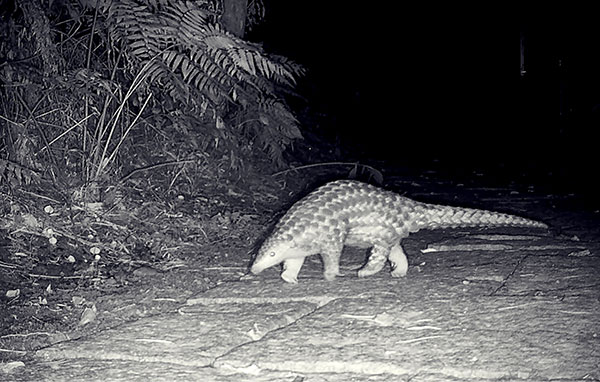Threats to Wildlife
◆ Mammals

The pangolin is a precious conservation animal and is no longer commonly seen on flatlands. It is frequently found in broad-leaved forests or secondary forests at mid to low altitudes of 300 to 500 meters, which means it is within the ecological environment where the pangolin lives. The Formosan pangolin, which is an endemic subspecies of Taiwan, is a level 2 conservation species and a branch of the Chinese pangolin. In Taiwan, there is a legal basis for wildlife conservation laws, and the public supports the concept of wildlife protection. For instance, the Taipei City Animal Protection Office advocates for the observation of the "three no principles" of "no interference, no contact, and no feeding" when encountering pangolins in the wild to preserve their habitat.

However, recent data indicates that attacks by stray dogs, which often result in bites and injuries from cars, account for approximately 40% of the threats to pangolin survival. The increase in the number of pangolins rescued in the eastern part of Taiwan may be due to the public's increased willingness to report incidents or the presence of WildOne, a hospital dedicated to saving wildlife in Eastern Taiwan. The organization has been rescuing wildlife in the area for nearly three years and is well-known to people who spot injured wild animals and know they can be brought in for treatment.
On World Pangolin Day, the Taipei City Zoo held a conservation education program. This year, the zoo successfully bred pangolins in Prague. In addition to educating people about pangolins through educational displays, the government also wants to promote the idea that everyone has a role to play in establishing pangolin conservation outside the country.
